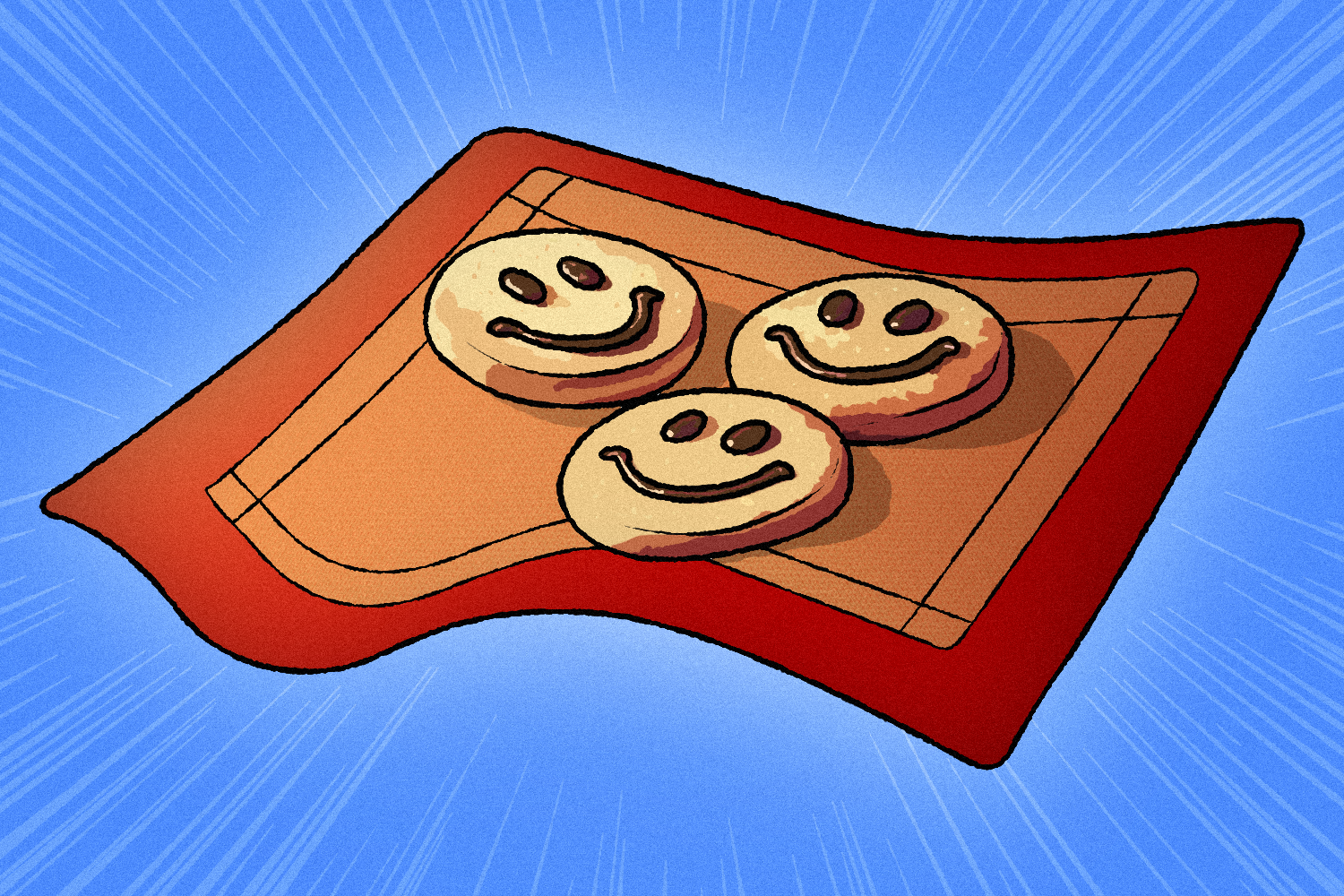The best silicone baking mat for cookies, veggies, and the planet
This tough, easy-to-clean, and super non-stick mat aced nearly all of our tests

Sign up and save the world
The one5c newsletter delivers our best tips right to your inbox
For nearly a century, parchment paper has helped sweet treats and savory dishes alike slide easily off baking sheets. It’s a bit of a wonder material: thin, grease- and moisture-resistant, heat-distri……

